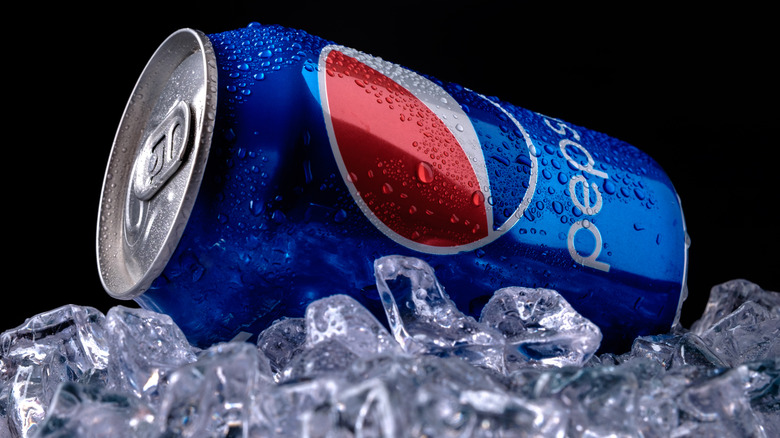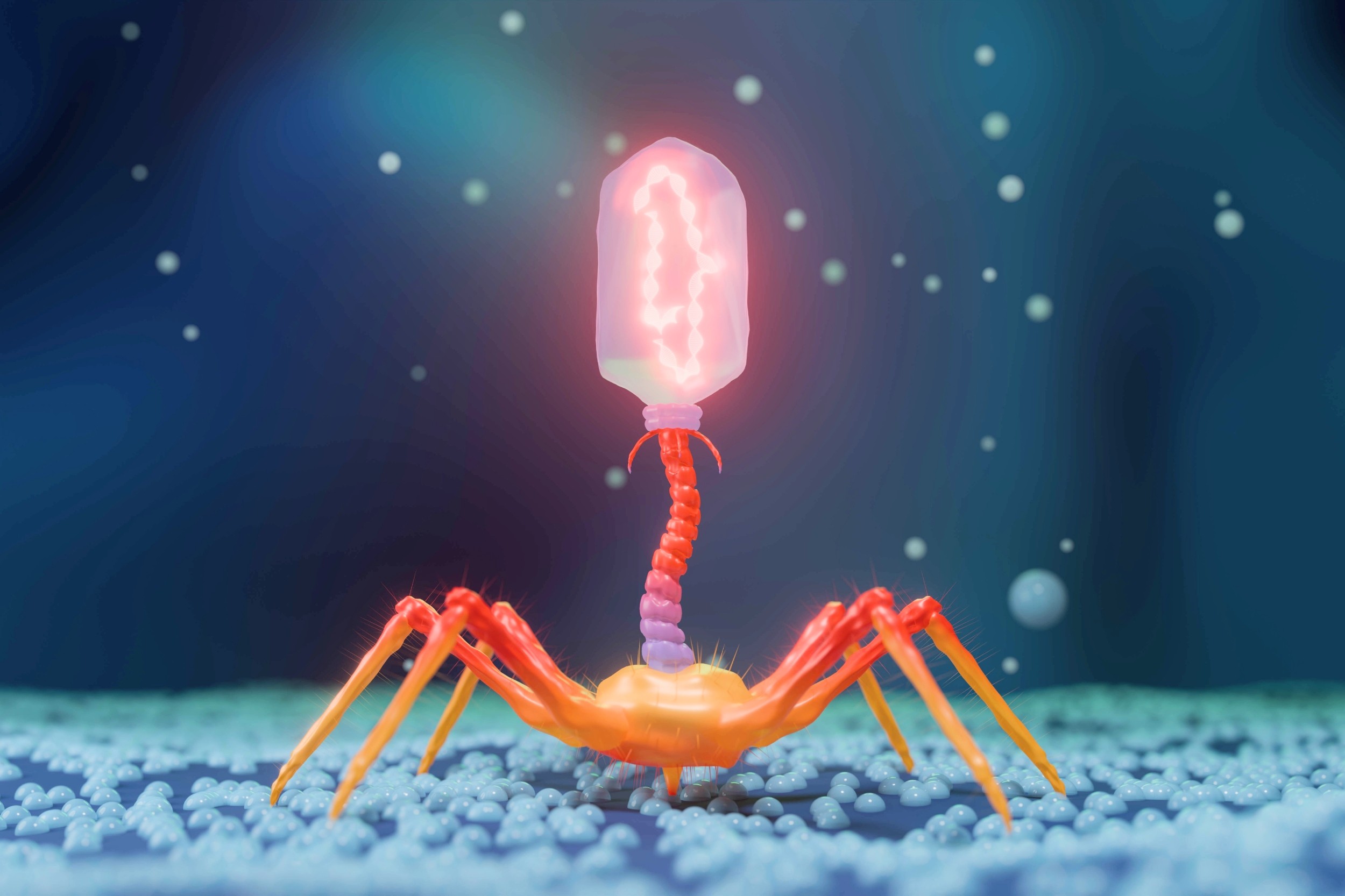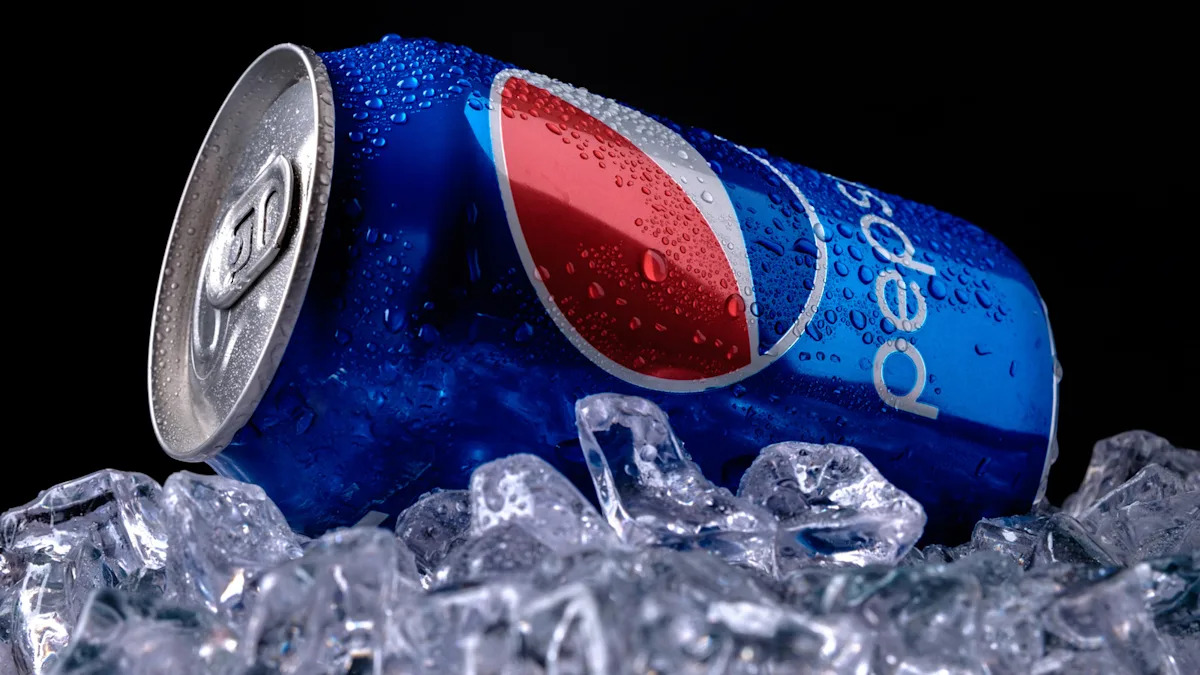In the late ’90s, Pepsi found itself in dire straits. The age-old Coke versus Pepsi rivalry was in full swing, and unfortunately for Pepsi, Coca-Cola was holding down a significantly larger portion of the soda market. But the folks at Pepsi were…
Author: admin
-

A Pepsi Marketing Campaign Worth Half A Billion Dollars Included A Supersonic Collab
In the late ’90s, Pepsi found itself in dire straits. The age-old Coke versus Pepsi rivalry was in full swing, and unfortunately for Pepsi, Coca-Cola was holding down a significantly larger portion of the soda market. But the folks at Pepsi were…
Continue Reading
-

Frostpunk 2’s first bit of DLC gets a seasonally appropriate release date, though it does sound a bit bare-bones
I know that with winter on the way, you might be wanting to play some summery games to remind you of what life was like before Jack Frost started nipping at your chestnuts. Put that to the side, perhaps, just for a while, as…Continue Reading
-

Sam Altman says OpenAI’s revenue is ‘well more’ than $13 billion and could hit $100 billion by 2027
OpenAI CEO Sam Altman was extremely bullish about the startup’s revenue projections and indicated he would relish the opportunity to take on his haters.
In an episode of the Bg2 Pod that was posted on Friday, host Brad Gerstner, who is also the founder of Altimeter Capital, asked how the company could make financial commitments totaling $1.4 trillion when annual revenue is reportedly $13 billion.
“We’re doing well more revenue than that,” Altman replied.
OpenAI has announced massive AI infrastructure deals in recent weeks with companies like Nvidia, Broadcom and Oracle. That’s as other so-called AI hyperscalers like Amazon, Alphabet, Meta, and top OpenAI investor Microsoft are collectively totaling hundreds of billions of dollars a year in capital expenditures.
While OpenAI continues to raise tens of billions of dollars from investors and generate billions more in revenue, Altman has also warned losses will persist.
And Microsoft’s latest quarterly results included a $4 billion charge that imply OpenAI lost $12 billion last quarter. OpenAI didn’t immediately respond to a request for comment.
But on the Bg2 Pod, Altman quickly followed up his comment on OpenAI’s revenue with forceful pushback against those who doubt his company.
“We do plan for revenue to grow steeply. Revenue is growing steeply,” he said. “We are taking a forward bet that it’s going to continue to grow and that not only will ChatGPT keep growing, but we will be able to become one of the important AI clouds, that our consumer device business will be a significant and important thing, that AI that can automate science [and] will create huge value.”
Altman added that one of the rare instances when being a publicly traded company would be appealing is when there’s an opportunity for short-sellers to lose big.
“I would love to tell them they could just short the stock, and I would love to see them get burned on that,” he said.
Still, Altman acknowledged OpenAI is taking a risk and could stumble, noting that if it doesn’t obtain enough computing capacity then revenue may fall short of forecasts.
But Microsoft CEO Satya Nadella, who also appeared on the podcast, said OpenAI has exceeded all the business plans that he has seen.
“Everyone talks about all the success and the usage and what have you,” he said. “But even I’d say all up, the business execution has been just pretty unbelievable.”
Later in the conversation, Altman hinted at even more explosive revenue growth in the next few years.
Last year, sources told The New York Times that OpenAI predicted revenue would hit $100 billion by 2029.
While talking about the potential for OpenAI to go public in the coming years, Bg2 host Gerstner floated revenue estimates topping $100 billion a year in 2028 or 2029.
“How about ’27?” Altman interjected.
Continue Reading
-

Iowa State TE Benjamin Brahmer carted off, taken to hospital
Iowa State tight end Benjamin Brahmer was carted off the field and taken to a local hospital after sustaining a hit to…
Continue Reading
-

Kane Williamson announces retirement from T20I cricket – Cricket
Kane Williamson of New Zealand bats during the second One Day International match in the series between New Zealand and England at Seddon Park on October 29, 2025 in Hamilton, New Zealand. – AFP WELLINGTON: New…
Continue Reading
-

Microsoft is bringing Bluetooth audio sharing to Windows 11
What’s happened? Windows 11 is getting a handy new trick: you can now share your Windows PC’s audio to two Bluetooth devices simultaneously.
Microsoft calls it ‘Shared Audio,’ and it uses Bluetooth Low Energy (LE) Audio to let a…
Continue Reading
-

Ancient viruses inside bacteria may help fight infections
For billions of years, bacteria and viruses have engaged in constant battles. We generally think of bacteria as bad, but viruses as worse.
The truth is more nuanced: some bacteria have ancient viruses inside them – and these bits of old viruses…
Continue Reading
-
Brazil’s Azul Says It Reaches Deal With Unsecured Creditors – Bloomberg.com
- Brazil’s Azul Says It Reaches Deal With Unsecured Creditors Bloomberg.com
- US Trustee Objects To Azul Ch. 11 Plan Releases Law360
- Azul Airlines Reaches Deal With Creditors to Restructure Finances Travel And Tour World
- Azul S A : Enters into Agreement with Unsecured Creditors Committee and Updates the Market on the Progress of its Chapter 11 Proceedings MarketScreener
- Brazil’s Azul reaches deal with unsecured creditors in Chapter 11 proceeding The Mighty 790 KFGO
Continue Reading
-

Debian’s APT Will Soon Begin Requiring Rust: Debian Ports Need To Adapt Or Be Sunset
Debian developer Julian Andres Klode sent out a message on Halloween that may give some Debian Linux users and developers a spook: the APT packaging tool next year will begin requiring a Rust compiler. This will place a hard requirement by…
Continue Reading
